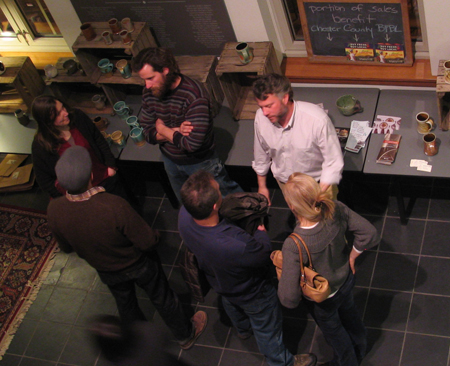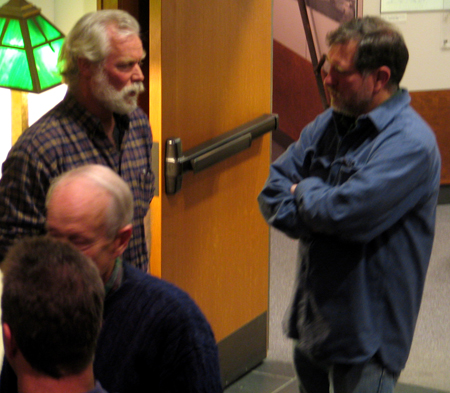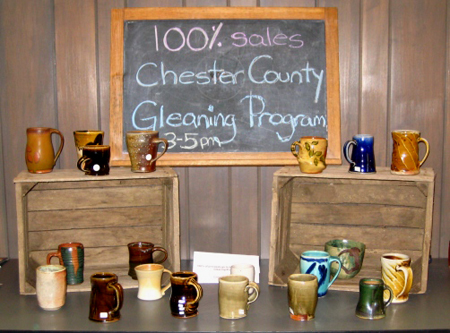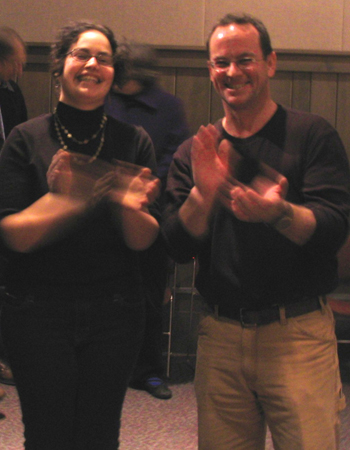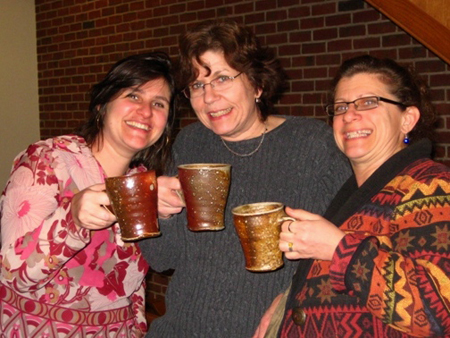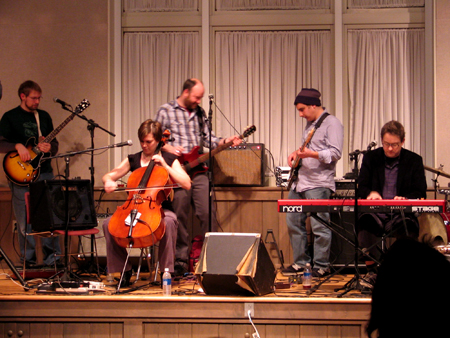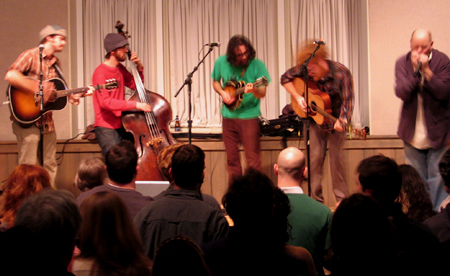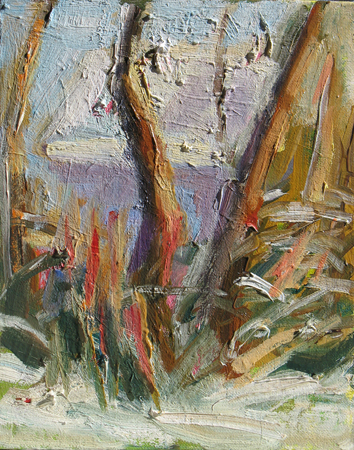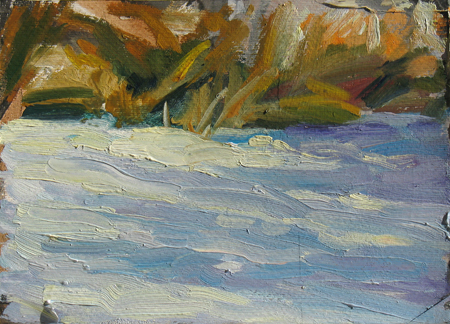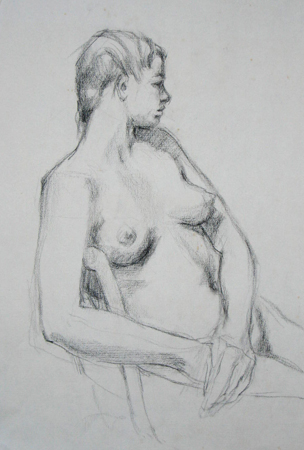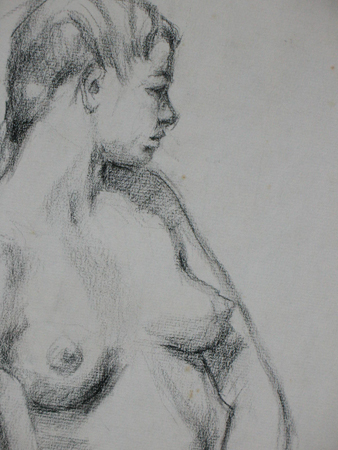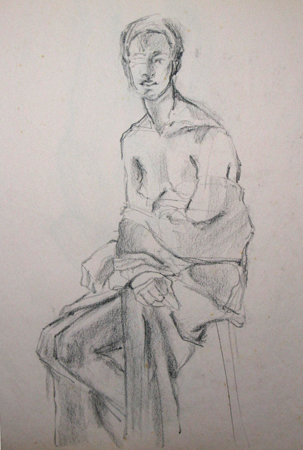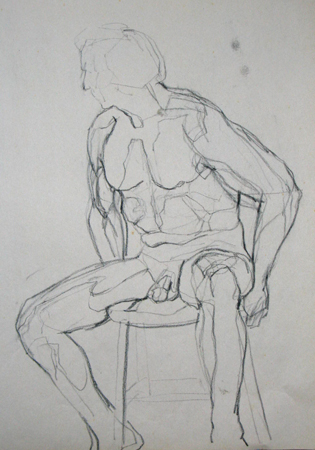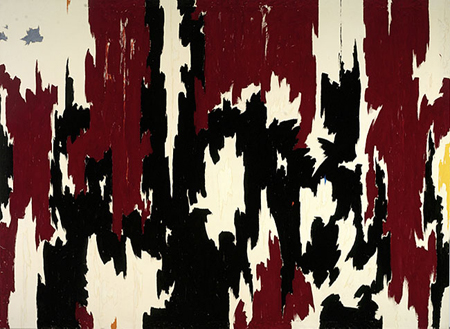I met a wonderful poet online at Etsy, where I’ve recently begun selling small paintings. We were both featured in a fine art ‘Treasury’, put together by members. His poem ‘Compost’ is apropos for my lead-in to Buy Fresh, Buy Local’s benefit, Down to Earth, that I participated in on Saturday, Jan. 24th.
Compost
It’s impossible, isn’t it, to wake

when it’s still dark and walk among hemlocks

and rhododendrons and not know that smell?

Halting there in half-light, you might think
Â
of that odor only as life’s decay, entropy,

a kind of grief. The fern in the fossil,

its brief life ended in the rock that holds 

its form an eon, must know of immortality
Â
and the redolence of things made stone.

And there is always afterthought—that what ends
begins, and this is reassurance.
Â
A frond uncoils from the bed of last year’s

needles. This is the soul. It grows upward,

toward the light. This is the exultation.
Â
I had the privilege of speaking on a panel with leading farming and food experts here in Chester County, at the West Chester Historical Society. Claire Murray of Inverbrook Farm and potter Lyla Kaplan coordinated the benefit, featuring donated artisan food and local potters’ mugs for sale. Many of the farmers mentioned on this blog in the ‘Local Farms’ category attended the event. A substantial turnout of about 100 people came to listen to the talk and support local food production and the Cares Food Network, a county gleaning program that offers free food to the needy. I learned that the number of families showing up to collect food has almost doubled this year, which points out the need to support the program.
Working with the GHGR Task Force, our goal is to raise the profile of local farms and farmers and encourage everyone to buy locally. As of the 2000 census, there were 157,905 households in Chester County and if each pledged $10/week during the growing season (or 6-7 mos), it would mean an influx of $40 million a year into the county, creating hundreds of new jobs. Not only would you be helping local farmers, but that revenue would make its way back into your own pockets. Everyone would have more income to spread around….Eat locally!
Later that evening, the audience swelled to hear Hoots & Hellmouth, an Indie Philly band with incredible energy and a unique gospel/folk flavor. Stompin’ feet, dancing children and a crowd of disparate ages filled the historic society’s big room with smiles and good cheer.
Photos courtesy of Lyla Kaplan and Mary Whittam, a local photographer.
Panelists
Â
Fred de Long (in white shirt) of Willistown Conservation Trust
Â
Sam Cantrell, on the left, of Maysie’s Farm and Drew McDowell, who founded 4CP and the idea behind the GHGR Task Force.
Â
Mugs donated by local potters
Â
Shira Kamm, the new farm manager for Elwyn Organic Farm and Paul Morgan of WCU, enjoying the bands
Â
Lyla Kaplan with potter Lisa Caruso and her pal Caryl, holding Dan Ody’s mugs
Â
the opening band, Missing Palmer West
Â
featured band, Hoots and Hellmouth
Â
This is from one of Hoots and Hellmouth’s radio appearances.
Â
Gary J. Whitehead is a poet, painter, teacher and crossword constructor. He has published two full-length books of poetry, Measuring Cubits while the Thunder Claps (David Robert Books, 2008) and The Velocity of Dust (Salmon, 2004), and three chapbooks, two of which were winners of national competitions. His other poetry awards include a New York Foundation for the Arts Fellowship in Poetry, the Pearl Hogrefe Fellowship in Creative Writing at Iowa State University, and the PEN Northwest Margery Davis Boyden Wilderness Writing Award. He lives in the Hudson Valley of New York with his wife and his wheaten terrier and teaches English and creative writing at Tenafly High School in northern New Jersey.


